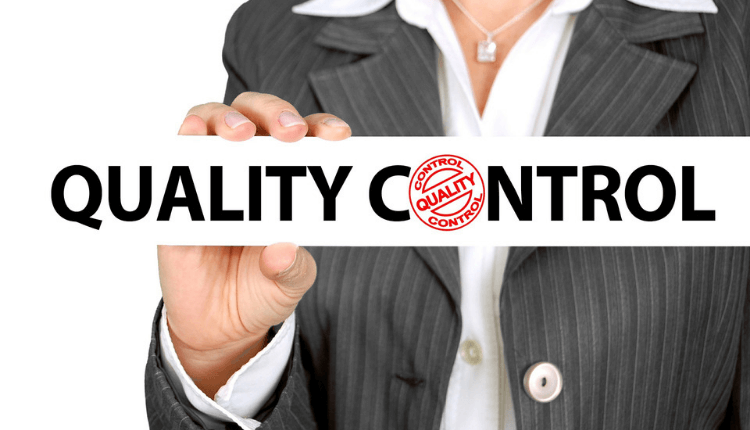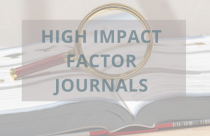How to Assess the Quality of Journals

Authors wishing to publish their research aim to publish in journals with the highest ratings. Publishing in a prestigious journal not only looks good on your CV, but may also give you better career and funding opportunities. Researchers commonly use the journal impact factor (JIF) to assess overall journal quality. However, the JIF has its advantages and disadvantages. Here we describe other factors that you should consider while assessing a journal.
How to Assess a Journal
Your first thought in journal selection is probably to shortlist a journal that reports the best research in the field that will reach your target audience. A good quality journal would be the most read and talked about one. Therefore, you can assess journal quality by three main factors:
- Citation analysis – sure, we just said the JIF has its drawbacks, but it is still important. It is the average number of times a journal has been cited in a given time period.
- Peer analysis – have experts in the field reviewed the articles?
- Circulation and coverage: consider if the journal listed with an indexing service that will reach your target audience?
Considerations of These Criteria
None of the criteria above should be used to evaluate the quality of a journal in isolation because they all have their advantages and disadvantages which we highlight below.
Citation Analysis
It makes sense to rank a journal by its average citation record since this indicates its popularity. It is:
- Quantitative
- Regularly updated
- Calculated by a neutral party
However, its indication of journal quality is questionable because:
- Not all citations reflect good research.
- Authors in the same network tend to cite each other heavily.
- English speaking countries are favored since these countries host citation analysis databases.
- The type of article influences it. Review articles tend to get more citations than original research articles.
Peer Analysis
This is a high-quality control measure of research before publication in a journal. However, you should look at the reviewer selection criteria at to assess the caliber of the reviewer. Although reviewers are considered experts in their field, they have varied knowledge and experience. This often results in different opinions.
Circulation and Coverage
Journals that reach an international audience quickly, with available electronic copies, will be given preference. You want to publish your article as soon as possible. You also want it to reach your target audience.
Other Factors to Consider
In addition to the criteria mentioned above, there are other factors that one can use to judge the quality of a journal:
Standardized Research Reporting Framework
A standard set by the journal that ensures that all the information you need to assess the research in a paper is present.
Journal Ranking
This is based on the citation record as well as the prestige of the journal. It gives the perception of the journal by researchers.
Discussion Platform
The ability to discuss the merits and shortcomings of a paper adds value to the research community. Therefore, a journal that provides an online discussion platform could be given. This, of course, is only valuable if the research community makes contributions.
Acceptance/Rejection Rates
Some journals publish these rates on their websites. A high rejection rate implies that a journal is very particular about the quality of the research that they publish. However, the disadvantage of this rate is that the journal does not give reasons for rejections. Also, a high rejection rate could simply be a matter of limited publication space.
To get an overall journal rank, and decide which journal would be best for you, you can consider all the above factors. However, you need to remember that you cannot compare journals between fields since the criteria standards will vary.
How do you normally assess the quality of a journal? Do you consider any other factors than those listed above? Let us know in the comments section below.









